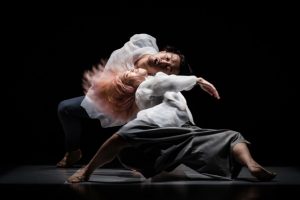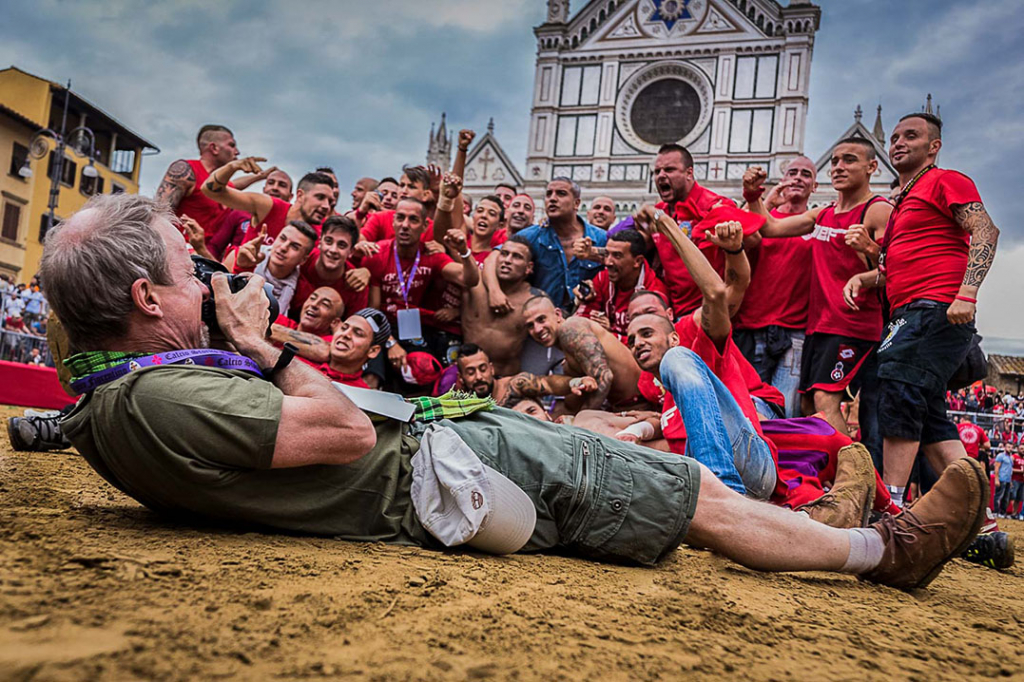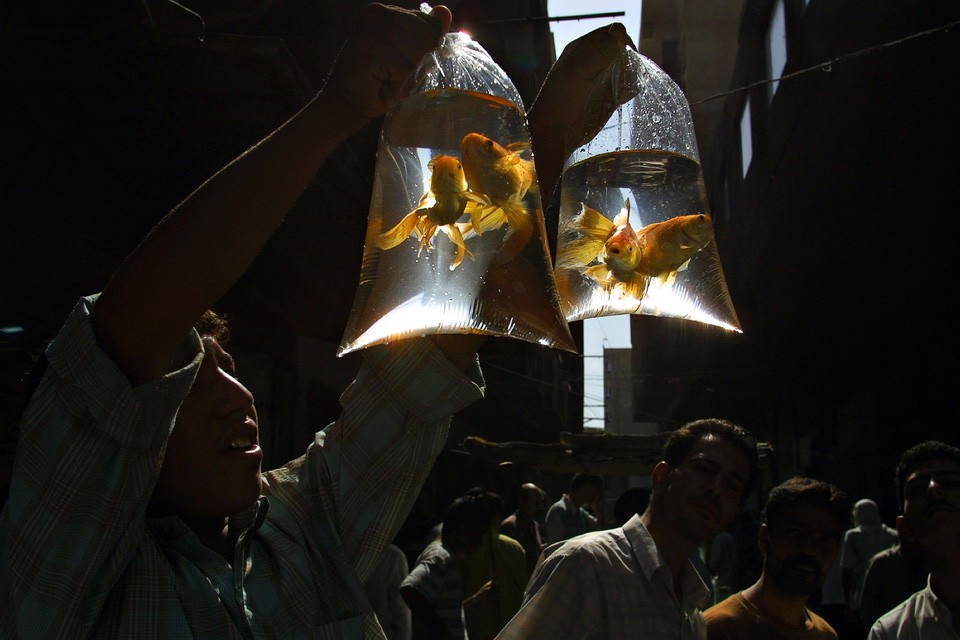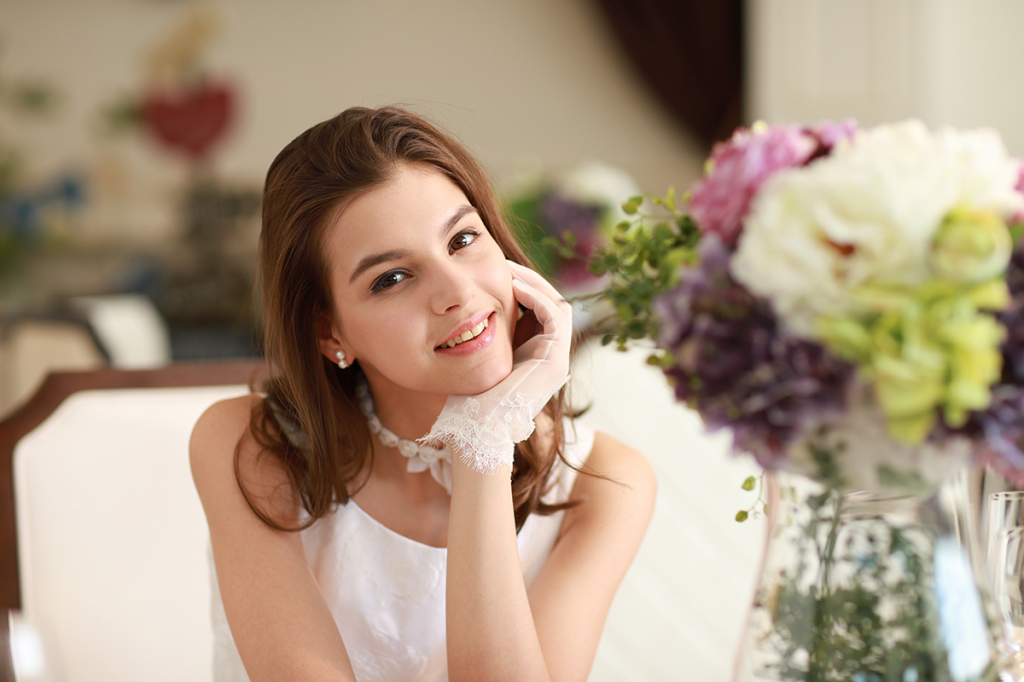PHOTOGRAPHY OF DANCE – NUANS OF SHOOTING, SECRETS OF SUCCESS, GRINDING OF MASTERY
 Dance photography is an expression of the beauty of movement and emotion. Dance can be a source of excellent frames, but it’s not a secret to anyone that taking photographs of dancers is very difficult: framing, focusing and releasing the shutter at the right time – everything has to be done, with the best exposure with affordable lighting. For Bernie Ng, one of Singapore’s most productive dance photographers, choreography photography involves not only capturing the action, but also aesthetics and emotions that permeate the movement. She shares some tips on how to create expressive pictures of dancers.
Dance photography is an expression of the beauty of movement and emotion. Dance can be a source of excellent frames, but it’s not a secret to anyone that taking photographs of dancers is very difficult: framing, focusing and releasing the shutter at the right time – everything has to be done, with the best exposure with affordable lighting. For Bernie Ng, one of Singapore’s most productive dance photographers, choreography photography involves not only capturing the action, but also aesthetics and emotions that permeate the movement. She shares some tips on how to create expressive pictures of dancers.
Work with exposure
Getting the right exposure is probably the most difficult aspect of dance photography. Since flash photography is usually not allowed in the hall, you should do your best with the available lighting, which will differ from one show to the next.
Use high-aperture lenses
This will allow enough light to reach the camera sensor so that the ISO sensitivity can be kept at the lowest possible level in order to minimize visible noise. Ideally, your photography kit should include a wide-angle lens for shooting the entire scene, and a telephoto lens for close-ups.
Shoot manually or use exposure compensation in Av or Tv mode
The action on the scene (and, consequently, the shooting conditions) can change very quickly, so you will need to maintain control over the exposure settings. Bernie prefers to shoot in manual mode for more accurate camera setup. But if you decide to use semi-automatic mode, she advises using compensation to get the right exposure.
For starters, the aperture-priority (Av) mode is likely to be easier to use: you just need to set the maximum aperture, and the camera will give you the best possible exposure without underexposure. Shutter priority mode (Tv) gives you control over the shutter speed, but it may be a little harder for an inexperienced photographer to get adequate exposure.
Shutter speed Know what you need
Consider factors such as dance style, choreography and the type of shooting you want. Bernie’s shutter speed is 1/250 seconds, which she adjusts when necessary. For example, she may decide to use a slow shutter if she feels it is necessary for the image.
Using the slow shutter can add dynamics to the photo and liven up the entire composition. On the frame above, you see that the photographer decided to use a little shutter speed to create some motion blur while keeping the dancer in focus. It filled the empty spaces and added movement to the image.
Professional advice: if you have access to a group of stage workers and a lighting designer …
Although you do not need to know all the details of the installation, the stage technicians and lighting designer can give an idea of the upcoming show. Bernie, as a rule, asks what will be the lighting.
Creative ideas: stroboscopic lighting can be a great opportunity!
Some shows use stroboscopic lighting, which can cause you to miss many moments if you are not ready. However, if you prepare and respond quickly enough, this can be an opportunity to show the whole creative approach to the matter. For the picture you see above, Bernie made a quick decision – slow down the shutter and get a stroboscopic effect.
Find out which ones work well and which ones don’t. They can be different for different dance genres. However, you do not need to have a dance background in order to take decent pictures – basically all the work comes down to a well-developed sense of aesthetics. Make the dancers look good in the frame.
dancers faces
Most of the dance is the transfer of thoughts and feelings to the audience, so Bernie is trying to capture the emotions and facial expressions of the performers. This is exactly the moment when it is useful to know what choreography really is before shooting! The intriguing facial expressions of the dancers in the photo above reflect the comic nature of the choreography. Select those shots where the dancers blink, or their eyes are empty and unfocused (unless this is part of the choreography) and mercilessly throw them into the ballot box.



